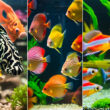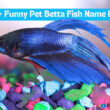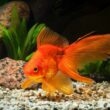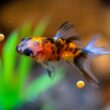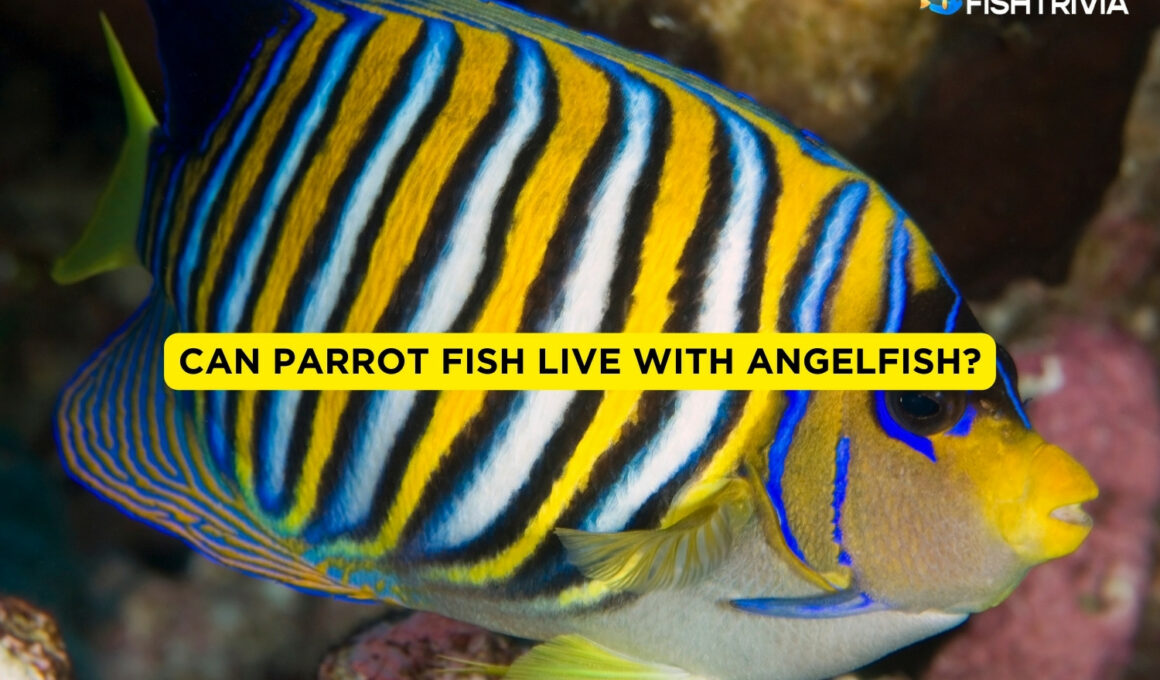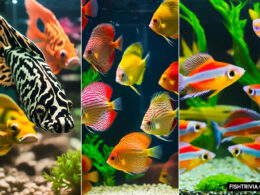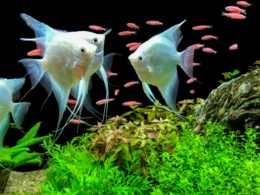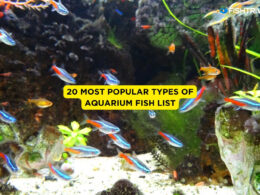In this article Show
Can parrot fish live with angelfish? This question is often on the minds of many fish enthusiasts looking to create a vibrant and harmonious tank. As an experienced fish keeper, I understand the importance of ensuring compatibility among different species in a home aquarium. In this post, we will explore the intricate dynamics of housing parrot fish and angelfish together.
Parrot fish and angelfish are both popular choices for aquarium hobbyists, admired for their striking appearances and unique behaviors. However, maintaining a peaceful tank environment requires more than just appreciation for their beauty.
It involves understanding each species’ needs, behaviors, and environmental requirements. Whether you’re setting up a new tank or considering adding to your existing aquatic family, it’s crucial to make informed decisions.
Can Parrot Fish Live With Angelfish?
Yes, parrot fish can live with angelfish under the right conditions. To ensure a harmonious aquarium, it’s essential to consider factors like tank size, water parameters, and the temperament of individual fish. Both species thrive in well-maintained environments with ample space. However, careful monitoring is crucial as parrot fish and angelfish can exhibit territorial behavior.
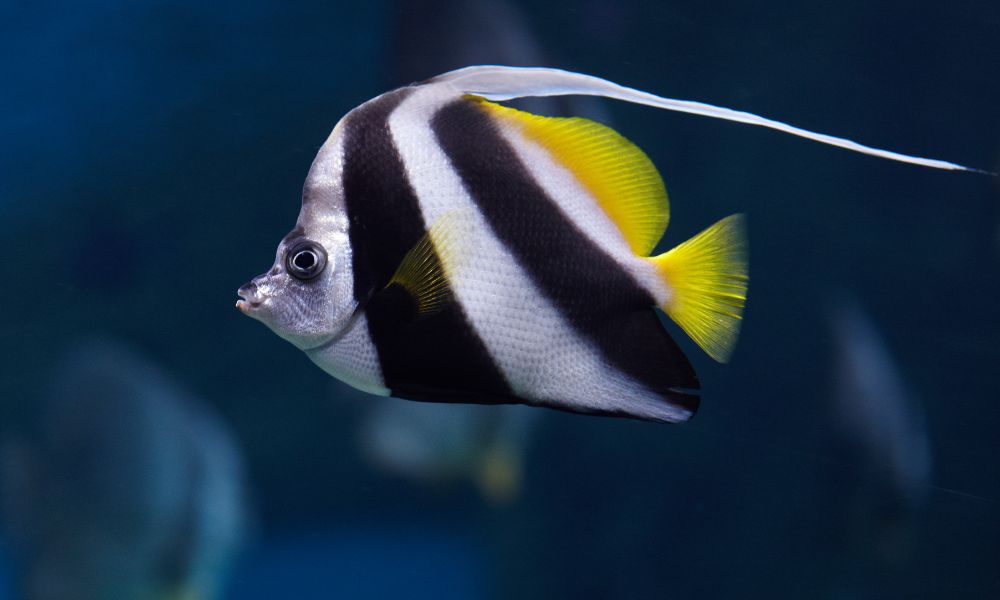
Compatibility Factors
When considering the compatibility of parrot fish with angelfish in an aquarium, several key factors play a crucial role. Understanding these factors is essential for maintaining a healthy and harmonious tank environment.
1. Temperament
- Parrot Fish: Known for their semi-aggressive nature, parrot fish can be territorial. It’s important to observe their behavior, especially in a community tank.
- Angelfish: These fish are generally peaceful but can become territorial, especially during breeding. The key is to monitor interactions between angelfish and parrot fish closely.
2. Water Conditions
- Parrot Fish: They thrive in well-filtered, clean water with a pH level of 6.5 to 7.5 and temperatures between 76-80°F (24-27°C).
- Angelfish: Prefer similar water conditions with a pH of 6.8 to 7.8 and temperatures around 78-84°F (25-29°C). Ensuring these parameters match is vital for both species’ well-being.
3. Tank Size and Environment
Both require ample space to swim and establish territories. A larger tank minimizes stress and aggression. Providing hiding spots and plant cover can also help in creating a more natural and comfortable environment for both species.
By carefully considering these factors, particularly temperament and water conditions, you can enhance aquarium fish compatibility between parrot fish and angelfish, leading to a more serene and visually appealing aquatic habitat.
Challenges in Housing Parrot Fish with Angelfish
Combining parrot fish with angelfish in the same tank can present some challenges. Awareness of these issues is vital for maintaining a healthy and peaceful aquarium environment.
1. Territorial Behavior
- Parrot Fish: These fish are known for their territorial tendencies, which can lead to aggression, especially in confined spaces.
- Angelfish: Similarly, angelfish can exhibit territorial behavior, particularly during breeding times, leading to potential conflicts with parrot fish.
2. Dietary Differences
- Parrot Fish: They have specific dietary needs, preferring a mix of pellets, flakes, and fresh foods.
- Angelfish: While their diet is somewhat similar, angelfish might require more varied foods, including live and frozen options. Balancing these dietary needs can be challenging in a shared tank.
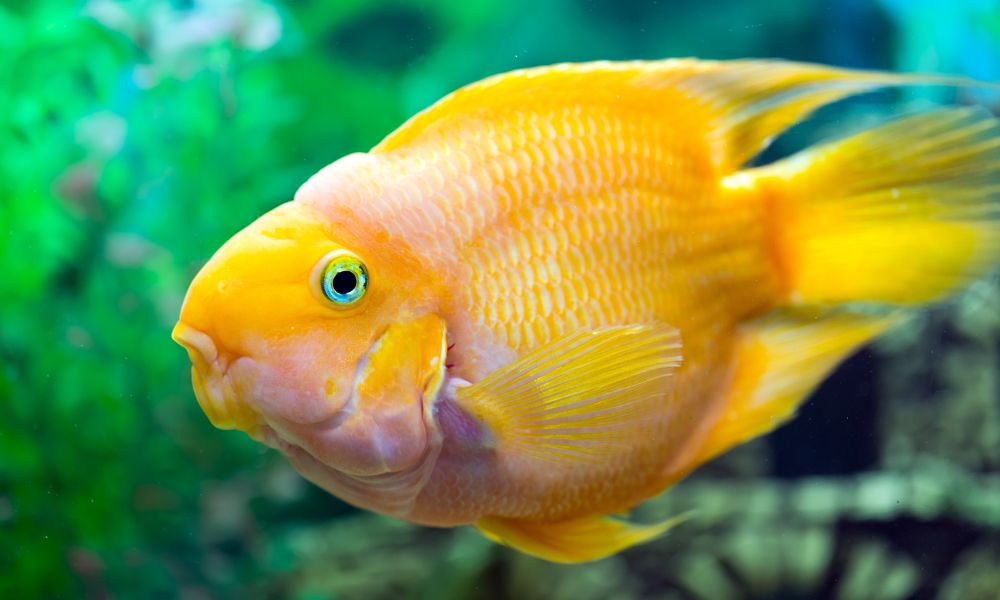
3. Size and Growth Rate
Both species grow to different sizes and at different rates. Parrot fish, often larger, may intimidate smaller angelfish, leading to stress and health issues for the angelfish.
4. Environmental Needs
Maintaining optimal water conditions for both species can be tricky, given their slightly different preferences. Regular monitoring of water quality is essential to prevent stress and health problems.
Understanding and addressing these fish compatibility issues is crucial when housing parrot fish with angelfish. Careful planning, regular monitoring, and adjustments to the tank environment can help mitigate these challenges, ensuring a healthier and more harmonious coexistence.
Tips for Successful Co-habitation
Creating a peaceful mixed-species aquarium with parrot fish and angelfish requires careful planning and ongoing management. Here are some essential tips to facilitate successful cohabitation:
1. Proper Tank Setup
- Size Matters: Opt for a larger tank to give both species enough space to swim and establish territories. A minimum of 55 gallons is recommended.
- Hiding Places: Include plants, rocks, and other structures to provide hiding spots and reduce stress.
2. Maintaining Water Parameters
- Consistent Quality: Regularly check and maintain water conditions (pH, temperature, ammonia, nitrate levels) suitable for both parrot fish and angelfish.
- Filtration and Aeration: Use efficient filtration systems to keep the water clean and well-oxygenated, essential for the health of both species.
3. Environmental Enrichment
- Diverse Landscape: Create a varied environment with different plants and decorations to stimulate natural behaviors.
- Lighting: Ensure appropriate lighting levels to mimic natural environments, promoting better health and coloration in both fish species.
4. Monitoring and Management
- Observe Behavior: Regularly monitor the fish for signs of stress or aggression and adjust the environment as needed.
- Feeding Practices: Feed a balanced diet catering to both species’ needs, and avoid overfeeding to maintain water quality.
5. Gradual Introduction
Introduce new fish gradually and monitor their interactions closely. This can help reduce initial territorial disputes.
By following these aquarium management tips, you can create a thriving mixed species aquarium where parrot fish and angelfish coexist harmoniously. Regular care and attention are key to fostering a stable and healthy environment for both species.


